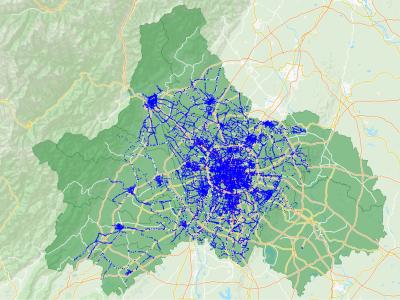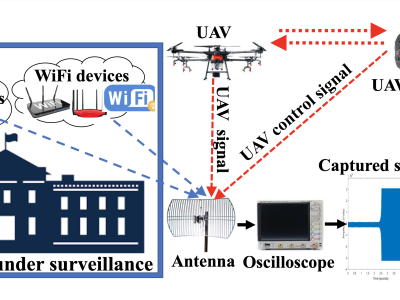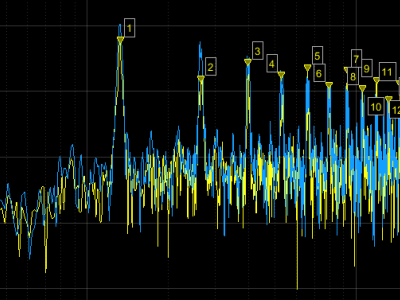Public Transportation Infrastructure Coupled Networks

- Citation Author(s):
-
Yupeng Sun
- Submitted by:
- Sun Yupeng
- Last updated:
- DOI:
- 10.21227/dnrh-tx25
- Data Format:
 165 views
165 views
- Categories:
- Keywords:
Abstract
Chengdu is one of the largest cities in southwest China and the capital city of Sichuan Province. With a large population and huge transportation needs, public transportation is of vital importance to this city. After years of construction and development, Chengdu's public transportation system has formed a modern multi-level and multi-modal transportation network including buses, subways, railways and BRT (Bus Rapid Transit System). The construction and operation of these transportation systems have provided Chengdu citizens with convenient and fast travel modes. As of August 2023, Chengdu subway has opened a total of 16 lines and 356 subway stations, and Chengdu bus has opened 1,407 lines and 10,841 bus stops, forming a huge public transportation network.
After obtaining the data sets of the currently running public transport operation lines and stations (including buses and subways) in Chengdu, this paper cleans the relevant data, removes the night lines and special lines with lower travelling density, and also deletes the lines with too few stations as well as the self-looped lines. Then, according to the Space-L method, the neighbouring stations in the same line are set to be connected edges, and finally the CBSN with 10,652 nodes and 15,476 edges is constructed.
Instructions:
Data collection: Obtain data on bus and metro stops, including connectivity between stops and stop attributes.
Data pre-processing: pre-process the collected data, including data cleaning, de-duplication and format conversion. Ensure data consistency and usability.
Data modelling: build a network model based on the collected site data using appropriate algorithms and techniques. Graph theory related algorithms can be used to model the connection relationship between sites, such as shortest path algorithm, minimum spanning tree algorithm, etc.
Network analysis: the constructed network model is analysed, and graph theory related algorithms and metrics can be used to calculate the distance, path, centrality and other metrics between stations. These metrics can be used to optimise bus route planning, assess the importance of stops, etc.
Visual presentation: The results of the analysis can be presented visually, using maps or charts to show the structure and attributes of the station network. This allows for a more intuitive understanding and use of station network data.







